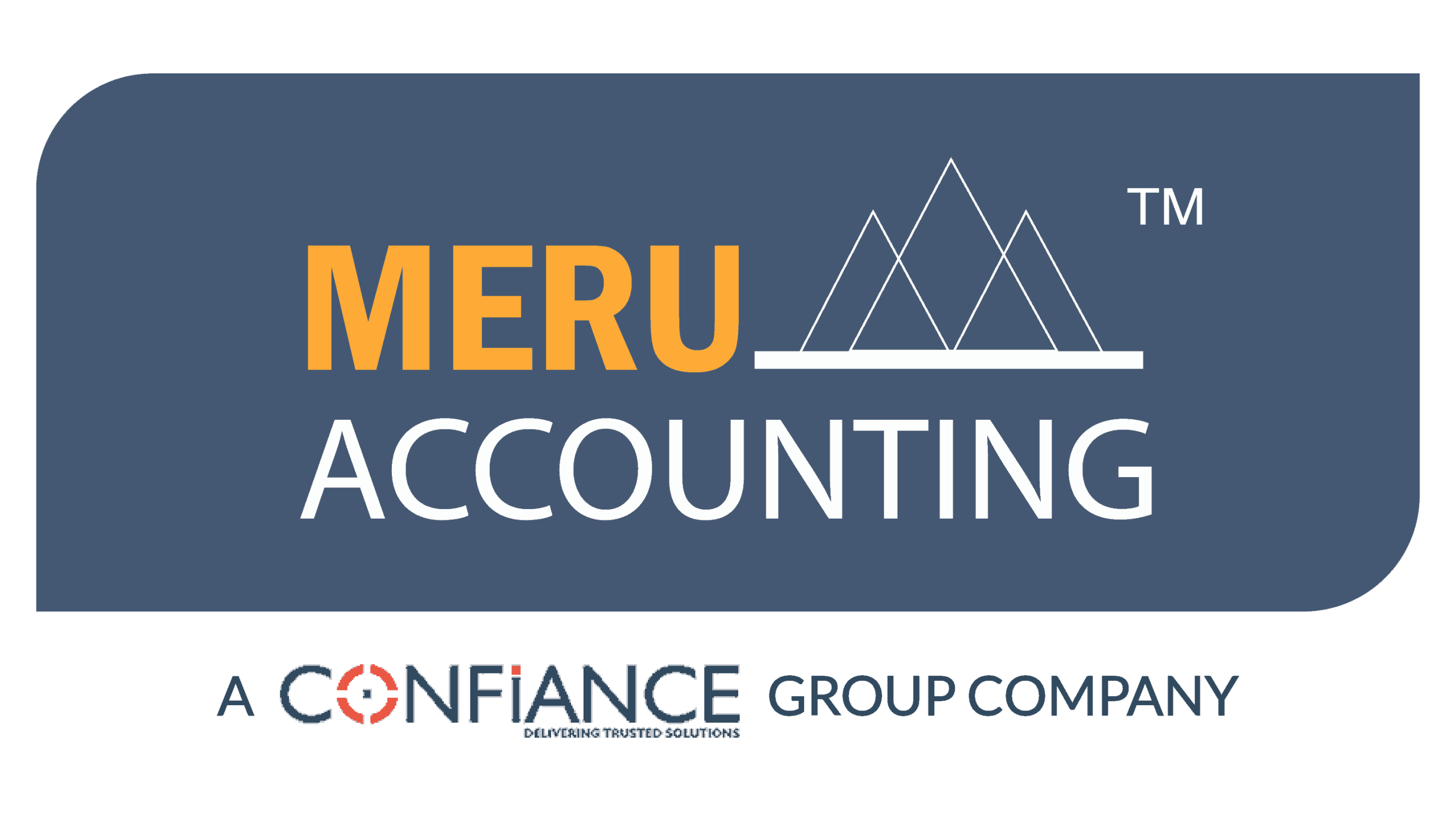Home » Wave » Accounting & Bookkeeping » Top 05 Common Payroll Mistakes and How to Fix Them?
Top 5 Common Payroll Problems and How to Fix Them?
Payroll management is a key part of running a business and avoiding common payroll mistakes. But many companies face common payroll mistakes that cost time and money. These common payroll errors can create problems for employees and employers alike. In this article, we will discuss the top five common payroll problems and how to fix them with easy steps you can take today.
Why Do Common Payroll Mistakes Happen?
Before we look at the main payroll errors, it helps to know why these common payroll problems happen:
- Not knowing the tax and work rules well
- Typing errors when entering data by hand
- Using old or weak payroll software
- Missing due dates for pay or tax forms
- Getting pay and work hours wrong
Knowing these causes helps you stop these mistakes.
Common Payroll Mistakes and How to Fix Them
1. Misclassifying Employees
One of the most common payroll mistakes is misclassifying employees as independent contractors or vice versa. When this happens, the business may not withhold the right taxes or provide the necessary benefits.
Why This Happens
- Confusion about the legal difference between contractors and employees.
- Pressure to reduce payroll taxes or benefits costs.
How to Fix It
- Understand the official criteria that define employee vs. contractor status.
- Review each worker’s role carefully.
- Use a checklist or consult with a payroll expert.
- Correct any misclassifications as soon as possible.
Fixing this helps avoid tax penalties and legal troubles.
2. Incorrect Employee Information
Another big source of common payroll errors is wrong employee data. This includes mistakes in Social Security numbers, names, or addresses.
Why This Happens
- Typos or data entry errors.
- Employees are moving or changing personal information without notifying HR.
How to Fix It
- Collect employee information carefully and double-check it.
- Allow employees to update their information regularly.
- Use software that flags inconsistent data.
- Regularly audit employee records.
Keeping data accurate avoids tax problems and payment delays.

3. Not Tracking Overtime Properly
Many businesses face common payroll problems due to incorrect tracking of overtime hours. Employees who work overtime deserve extra pay, but sometimes hours are missed or calculated wrong.
Why This Happens
- Manual timekeeping errors.
- Lack of knowledge about overtime laws.
How to Fix It
- Use digital time tracking tools for accuracy.
- Train managers and employees on overtime policies.
- Review timesheets carefully before payroll runs.
Proper overtime tracking keeps workers happy and avoids fines.
4. Missing Payroll Deadlines
Paying employees late is a serious common payroll mistake. It can hurt employee morale and create legal problems.
Why This Happens
- Poor scheduling or lack of reminders.
- Relying on manual processes.
How to Fix It
- Set a clear payroll calendar and stick to it.
- Use software with automatic reminders.
- Consider automating payroll processes.
Timely payments build trust and prevent penalties.
5. Poor Record Keeping
Failing to keep proper payroll records is a common issue that can cause trouble during audits or tax time.
Why This Happens
- Lack of a clear system for saving payroll info.
- Records are kept in many places or on paper only.
How to Fix It
- Store all payroll records in one secure place.
- Keep digital backups of important files.
- Follow local laws on how long to keep records.
Good record keeping also prevents common payroll problems and helps fix them before they grow.
Best Ways to Avoid Payroll Mistakes
- Use trusted payroll software made for your business.
- Train payroll staff often on tax rules and software.
- Check payroll records regularly to catch common payroll errors early.
- Use automation to cut down on manual mistakes.
- Keep up with changes in work and tax laws.
How to Choose the Right Payroll Software
Payroll can be hard work. Small mistakes can cost time and money. Good payroll software helps you avoid these issues. When you pick payroll software, look for these key traits:
1. Easy to Use
The software should have a clear menu and simple steps. It should not need much training. Staff should learn to use it fast and with ease.
2. Easy to Update
Laws change. Rates change. Good payroll tools update fast and safely. Look for one that gets these updates on its own.
3. Auto Tax and Overtime Tools
The right tool will work out the tax and overtime for you. It should know what rates apply in your state or country. This helps make sure you pay the right amount each time.
4. Alerts and Reminders
Late payment can upset staff. Missed tax dates can cost you fines. Good payroll software will send you alerts. It helps you stay on track and meet all due dates.
5. Secure Record-Keeping
Your staff’s data must be kept safe. Pick a tool that uses strong locks and codes. It should also let you find past records fast when you need them.
6. Employee Self-Service
Let your staff check their info, pay slips, and time off on their own. This cuts down on emails and saves your team time. It also helps staff feel more in control of their work info.
7. Support and Help
When you have a problem, fast help is key. Choose software that comes with strong help tools, like live chat or a phone line.
Using the right payroll software cuts down on pay errors, saves hours, and makes your team more free to do their best work.
How Automation Helps Prevent Payroll Errors
Automation means tasks are done by software with no need for people to click or type. This saves time and stops many small errors.
1. Fewer Typing Mistakes
When staff type pay data by hand, they may hit the wrong key. But if the software grabs data from a time clock or HR tool, the chance for error drops fast.
2. Right Pay, Every Time
Good payroll tools know the rules for tax, pay, and time off. They do the math each time without a slip. You won’t have to check the rules each month.
3. Never Miss a Date
With built-in alerts, payroll tools can warn you when tax forms or pay runs are due. This means you won’t miss dates or face late fines.
4. Saves Staff Hours
Manual pay takes time. You need to count hours, check rates, print slips, and store forms. With auto tools, most of this is done for you. This gives your HR or payroll team time to work on other jobs.
Managing payroll the right way helps avoid common payroll errors and keeps your business on track. By knowing common payroll mistakes and using easy fixes, you can avoid costly problems and keep your workers happy. Use these tips to find and fix common payroll errors and make your payroll process better today.
At Meru Accounting, we offer clear and reliable payroll and bookkeeping help. Our skilled team makes sure your payroll works right, so you can focus on growing your business with no stress.
FAQs
- What are the most common payroll mistakes?
Misclassifying employees, wrong employee info, missing overtime, late payroll, and poor records are the top issues. - How can I fix payroll errors fast?
Check records, update info, use time-tracking tools, and stick to a payroll schedule. - Why is employee classification important?
It affects taxes, benefits, and legal compliance, so it must be correct. - What happens if overtime isn’t tracked properly?
Employees may be underpaid and the company can face fines. - How often should payroll information be reviewed?
At least every quarter or whenever there’s a change in staff. - Can payroll software prevent these mistakes?
Yes, good payroll software helps reduce human error and automate tasks. - What records should I keep for payroll?
Keep pay stubs, tax forms, time sheets, and employee details for a few years as per the law.








